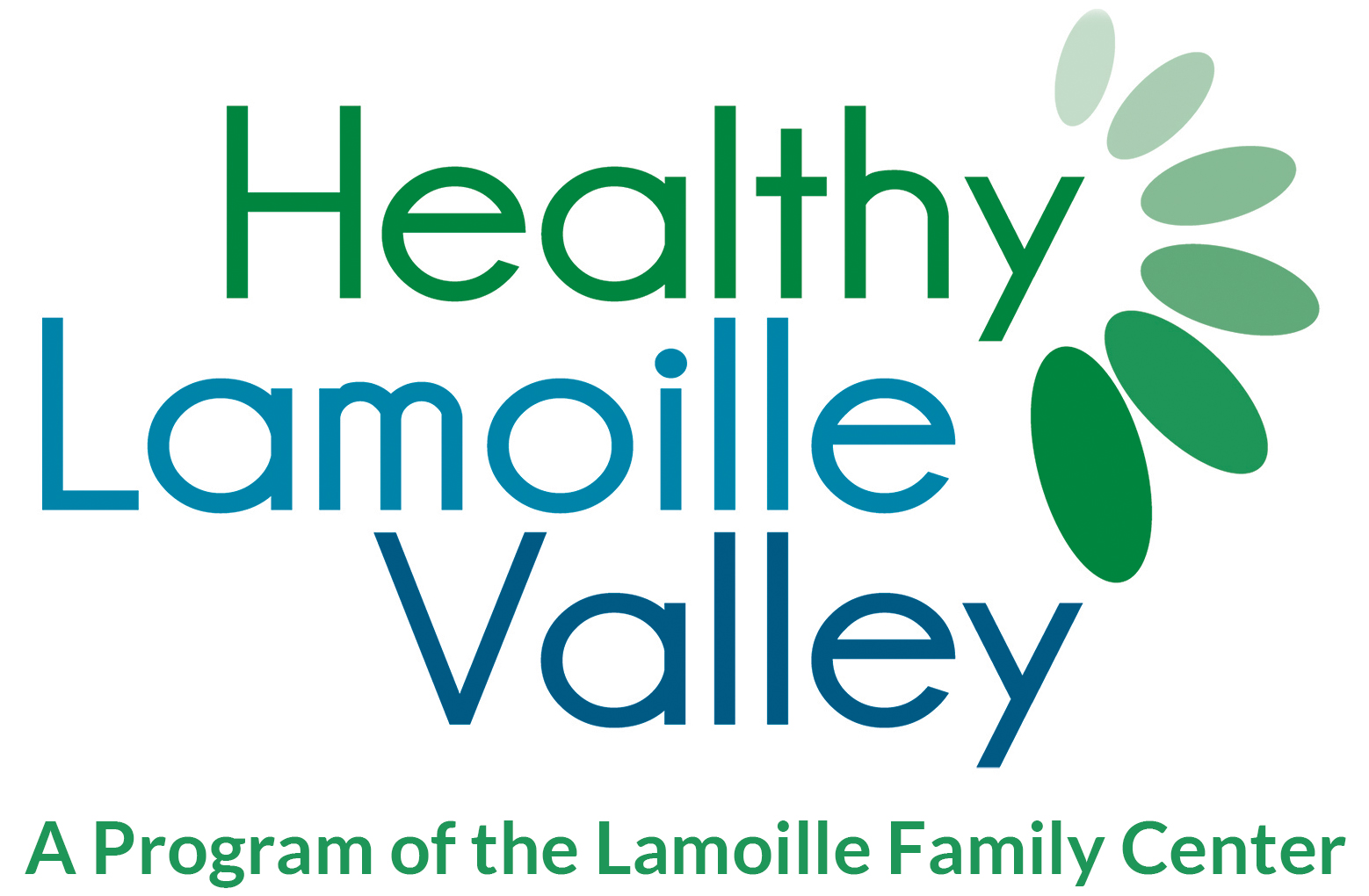This commentary originally appeared on VTDigger.org on February 24, 2020.
About the Author: Catherine Crawley is the chair of Healthy Lamoille Valley’s Steering Committee
I recently had the opportunity to learn from the nation’s top substance misuse prevention specialists at CADCA’s (Community Anti-Drug Coalitions of America’s) 30th Annual National Leadership Forum held in Washington, D.C. More than 3,000 prevention specialists and advocates from throughout the country, along with 500 youth, attended the four-day event to learn and hone prevention skills in order to help communities reduce substance use and misuse and improve public health and safety.
I was one of three adult chaperones along with five youth from Lamoille County representing the community prevention coalition Healthy Lamoille Valley. We joined more than 60 adults and youth from Vermont, one of the largest contingents of the 50 states represented at the conference.
The timing of the conference could not be more appropriate as a bill to commercialize cannabis is making its way through the Vermont State Legislature. What I learned at the conference raises serious questions about how we craft a commercial market for marijuana and at the same time protect children and the most vulnerable in our communities.
Legalization increases youth use. Since Colorado, Washington, Oregon, Alaska, and the District of Columbia legalized marijuana, past-month use of the drug has continued to rise above the national average among youth aged 12-17 in all five locations.
In Colorado, marijuana is the most common substance present in suicides among adolescents aged 10-19. Of 62 suicides with toxicology data available, marijuana was present in 30.6% compared to 9.7% for alcohol. Suicide is the leading cause of death for adolescents in Colorado.
Prevention and addiction science tell us that when community norms and laws promote use and normalize the use of substances, youth use substances for the first time at an earlier age. Teens that initiate substance use before age 14, when the brain is undergoing tremendous change, are at greatest risk for lifetime substance use dependency.
In Lamoille County, our youth are using before the age of 13 at statistically significant higher rates than the rest of Vermont. Meanwhile, Vermont has the distinction of the nation’s highest past month marijuana use rate for ages 12-17 (at 13%), nearly twice the national rate (6.56%).
If we aspire to create communities where children are valued as special members, then wouldn’t we want to do everything to support norms that value and improve child well-being?
How do we provide for a commercial marijuana market and yet also create a law that fosters safe, stable and nurturing environments for the youth in our communities? How will the new commercial market protect our young people from exposure to advertising, product placement and availability?
How can we as citizens be assured that monies raised through marijuana taxes and pledged to education, prevention and public safety will be invested in a sustainable manner? How will those funds grow if and when substance use increases after commercialization?
I hope Vermont legislators take the science of addiction into account when deliberating on the merits of the bill facing them now. Because if they don’t, the consequences of their actions ought to weigh heavily on their conscience.
